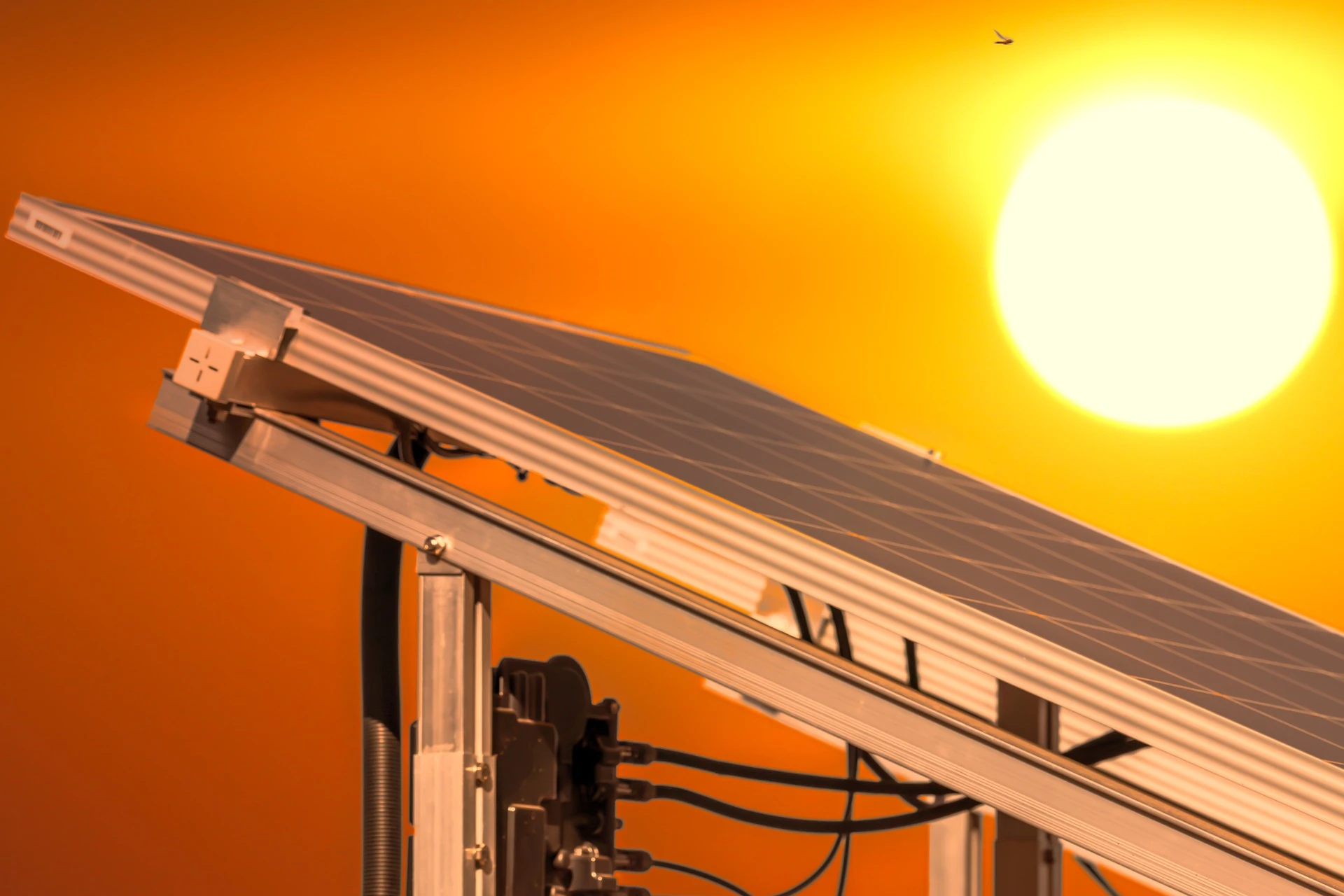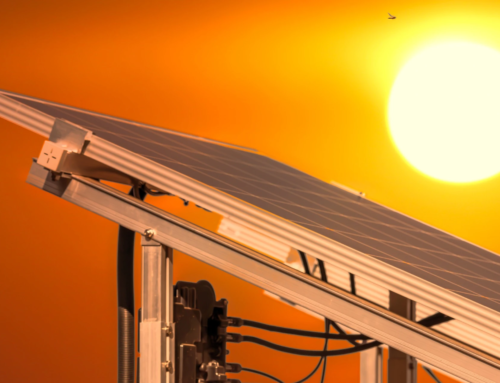चंद्रयान 3 चंद्र कक्षा इंजेक्शन: चंद्रमा की कक्षा में आया चंद्रयान-3... अब बस उतरना बाकी है
इसरो ने बड़ी सफलता हासिल की है। चंद्रयान-3 ने चंद्रमा की कक्षा पर कब्जा कर लिया है। अब चंद्रयान करीब 166 किमी x 18 हजार किमी की कक्षा में यात्रा कर रहा है। ये चंद्रमा की कक्षा है. इसके बाद अगला बड़ा दिन 17 अगस्त होगा. जब चंद्रयान-3 प्रोपल्शन और लैंडर मॉड्यूल अलग होंगे। इसके बाद केवल शेष बचे।

चंद्रयान-3 ने चंद्रमा की बाहरी कक्षा को पकड़ लिया है। अब चंद्रयान-3 चंद्रमा से विपरीत दिशा में 166 किमी x 18054 किलोमीटर की दूरी पर रॉकेट कक्षा में घूमता है। इसरो ने चंद्रयान-3 को चंद्रमा की कक्षा पर करीब 20 से 25 मिनट तक थ्रस्टर्स पर कब्जा करने के लिए रखा। इसी के साथ चंद्रयान चंद्रमा का गुरुत्वाकर्षण भी फंस गया। अब वह अपनी चारों तरफ घूमती रहेगी।
इसे लूनर ऑर्बिट इंजेक्शन या इंसर्शन (Lunar Orbit Injection or Insertion - LOI) भी कहते हैं। चंद्रमा के चारों ओर पांच ओर की ओर मुड़ें। आज 6 अगस्त की रात 11 बजे के बाद चंद्रयान की कक्षा में 10 से 12 हजार किमी की दूरी तय की जाएगी। 9 अगस्त की दोपहर 2 बजे इसकी कक्षा को बंद करके 4 से 5 हजार किमी की कक्षा में प्रवेश किया जाएगा।
14 अगस्त की दोपहर इसे 1000 किलोमीटर की दूरी तय की गई। पुराने ऑर्बिट मेन्यूवर में इसे 100 किमी की कक्षा में सम्मिलित किया जाएगा। 17 अगस्त को प्रोपल्शन आर्किटेक्चर और लैंडर आर्किटेक्चर अलग-अलग होंगे। 18 और 20 अगस्त को डीऑर्बिटिंग होगी। यानी चांद की कक्षा की दूरी कम हो जाएगी। लैंडर का डिज़ाइन 100 x 35 KM ऑर्बिट में है। इसके बाद 23 की शाम पांच रॉकेट 47 मिनट पर चंद्रयान की लैंडिंग होगी। लेकिन अभी 18 दिन की यात्रा हुई है.
अब लगातार कम होगी चंद्रयान-3 की स्पीड
चंद्रमा की कक्षा के प्रक्षेपण के लिए चंद्रयान-3 की गति लगभग 3600 किलोमीटर प्रतिघंटा थी। क्योंकि चंद्रमा का गुरुत्वाकर्षण पृथ्वी की तुलना में छह गुना कम है। यदि अधिक गति रहती है तो चंद्रयान इसे पार कर जाता है। इसके लिए इसरो गैजेट ने चंद्रयान की गति को कम करके 2 या 1 किलोमीटर प्रति यूनिट कर दिया। इस गति की वजह से उसने चंद्रमा के ऑर्बिट को पकड़ लिया। अब धीरे-धीरे हो रहे चंद्रमा की कक्षा की दूरी दक्षिणी ध्रुव के पास तक पहुंच जाएगी।
चंद्रयान के रास्ते में दुर्घटना का नाम ही नहीं
इतिहास देखें... जिन भी देशों या अंतरिक्ष उपग्रह ने अंतरिक्ष यान भेजने के माध्यम से सीधे चंद्रमा की ओर अपने रॉकेट की ओर प्रस्थान किया। उन्हें सबसे ज्यादा मिला है. तीन मिशन में एक असफल हुआ. लेकिन इसरो ने जो रास्ता और रास्ता चुना है, उसमें फेल होने का खतरा बेहद कम है। यहां मुस्लिम मिशन पूरा करने का मौका है।
इस बार वो गलत नहीं होगी, जो पिछली बार था
इस बार जो मशीनरी लैंडर डिजाइन किया गया है, उसका नाम लेजर डॉपलर वेलोसिटी कैमरा (एलडीवी) और लैंडर हॉरिजॉन्टल वेलोसिटी कैमरा (एलएचवीसी) है। लेजर डॉपलर वेलोसाइटमीटर जमीन पर उतरते समय थ्रीडी लेजर फेंकता है। यह लेजर जमीन से एनालिसिस करने वाला है, यह बताता है कि सतह कैसी है। आख़िर-नीची. आख़िर-ख़ाब। इसके आधार पर वह सही जगह पर चुनाव के लिए उतरता है।
बाकी दो दिशा-निर्देशों में जो लेजर निकलते हैं, वो ये देखते हैं कि कहीं भी सामने या पीछे की तरफ कोई चीज नहीं है, जिससे लैंडर के टकराने का खतरा हो। इसके साथ ही एलएचवीसी काम करता है जो जमीन के नीचे के हिस्सों की तस्वीरें लेता है। वह भी गति में. ताकि लैंडर के विमान और हेलीकॉप्टर की तरह हवा में तैरते रहने की गति पता चल सके। साथ ही इंस्टाग्राम का असली नाम हो सकता है।
चंद्रयान-3 चंद्रमा की बाहरी कक्षा में प्रवेश कर चुका है। अब पाँच बार ऑर्बिट परिवर्तन। इसके बाद होगी लैंडिंग.
Chandrayaan 3 Lunar Orbit Injection: Chandrayaan-3 came in the orbit of the moon... now it just has to land
ISRO has achieved great success. Chandrayaan-3 has caught the orbit of the moon. Now Chandrayaan is traveling in an orbit of about 166 km x 18 thousand km. This is the orbit of the Moon. After this the next big day will be 17th August. When Chandrayaan-3 propulsion and lander module will separate. After this only landing will remain.

Chandrayaan-3 has captured the outer orbit of the Moon. Now Chandrayaan-3 will revolve around the moon in an elliptical orbit of 166 km x 18054 km. ISRO kept the thrusters on for about 20 to 25 minutes for Chandrayaan-3 to capture the Moon's orbit. With this, Chandrayaan got stuck in the gravity of the moon. Now he will keep circling around her.
It is also called Lunar Orbit Injection or Insertion (LOI). Five orbits will be changed around the Moon. After today, around 11 pm on August 6, Chandrayaan's orbit will be put in an orbit of 10 to 12 thousand kilometers. Its orbit will be changed to an orbit of 4 to 5 thousand kilometers on August 9 at around 2.45 pm.
It will be reduced to 1000 kms on the afternoon of 14th August. In the fifth orbit maneuver, it will be put in an orbit of 100 km. On August 17, the propulsion module and the lander module will separate. Deorbiting will happen on 18 and 20 August. That is, the distance of the moon's orbit will be reduced. The lander module will go into an orbit of 100 x 35 km. After this, Chandrayaan's landing will be done at 5.47 pm on 23rd. But the journey of 18 days is still left.
Now the speed of Chandrayaan-3 will be reduced continuously
To capture the orbit of the moon, the speed of Chandrayaan-3 was increased to around 3600 kilometers per hour. Because the gravity of the Moon is six times less than that of the Earth. If there was more speed then Chandrayaan would have crossed it. For this, ISRO scientists reduced the speed of Chandrayaan to 2 or 1 kilometer per second. Because of this speed, he was able to capture the orbit of the Moon. Now gradually the distance of its orbit around the moon will be reduced and it will be landed near the South Pole.
There is no mention of failure in the way of Chandrayaan
Look at the history... Whichever countries or space agencies sent spacecraft directly towards the moon through their rockets. They have got more disappointment. One out of three missions failed. But the path and method that ISRO has chosen, the possibility of failure in it is very less. Here is a chance to complete the mission again.
This time will not make the same mistake as last time
This time the name of the instrument which has been installed in the lander is Laser Doppler Velocitymeter (LDV) and Lander Horizontal Velocity Camera (LHVC). The Laser Doppler Velocitymeter emits a 3D laser while descending on the ground. This laser collides with the ground and tells back how the surface is. high-low bumpy Based on this, he chooses the right place for landing.
The lasers that go in the other two directions, they see that there is no high object in front or behind, due to which there is a danger of hitting the lander. Along with this works LHVC which takes picture of the lower part of the ground. That too in motion. So that the speed of landing of the lander and floating in the air like a helicopter can be known. Also, the dangers can be guessed.
Chandrayaan-3 has entered the outer orbit of the moon. Now the orbit will be changed five times. After this there will be landing.

















